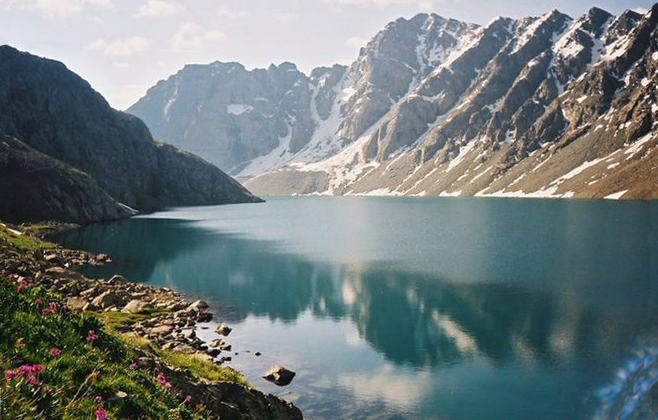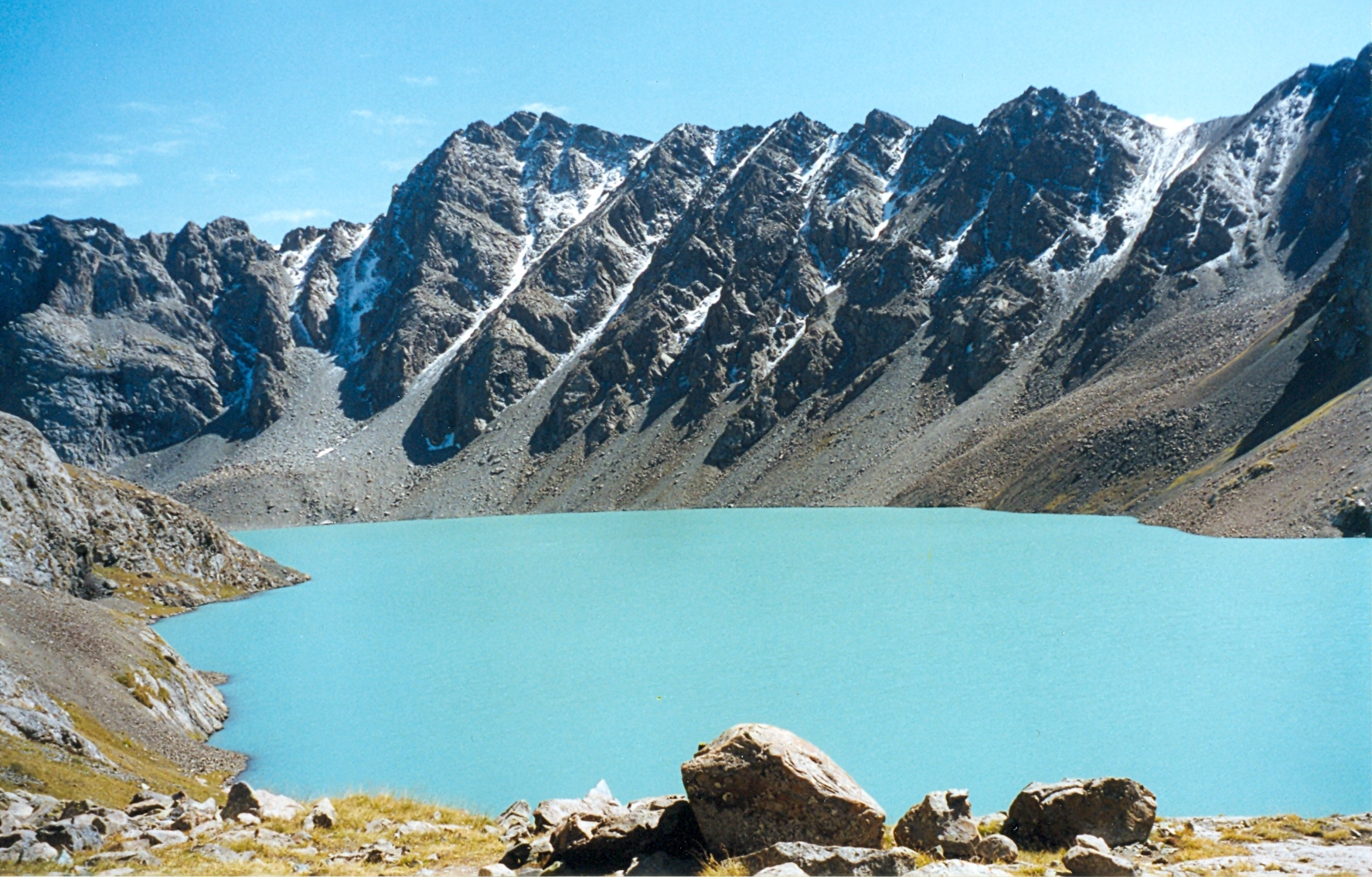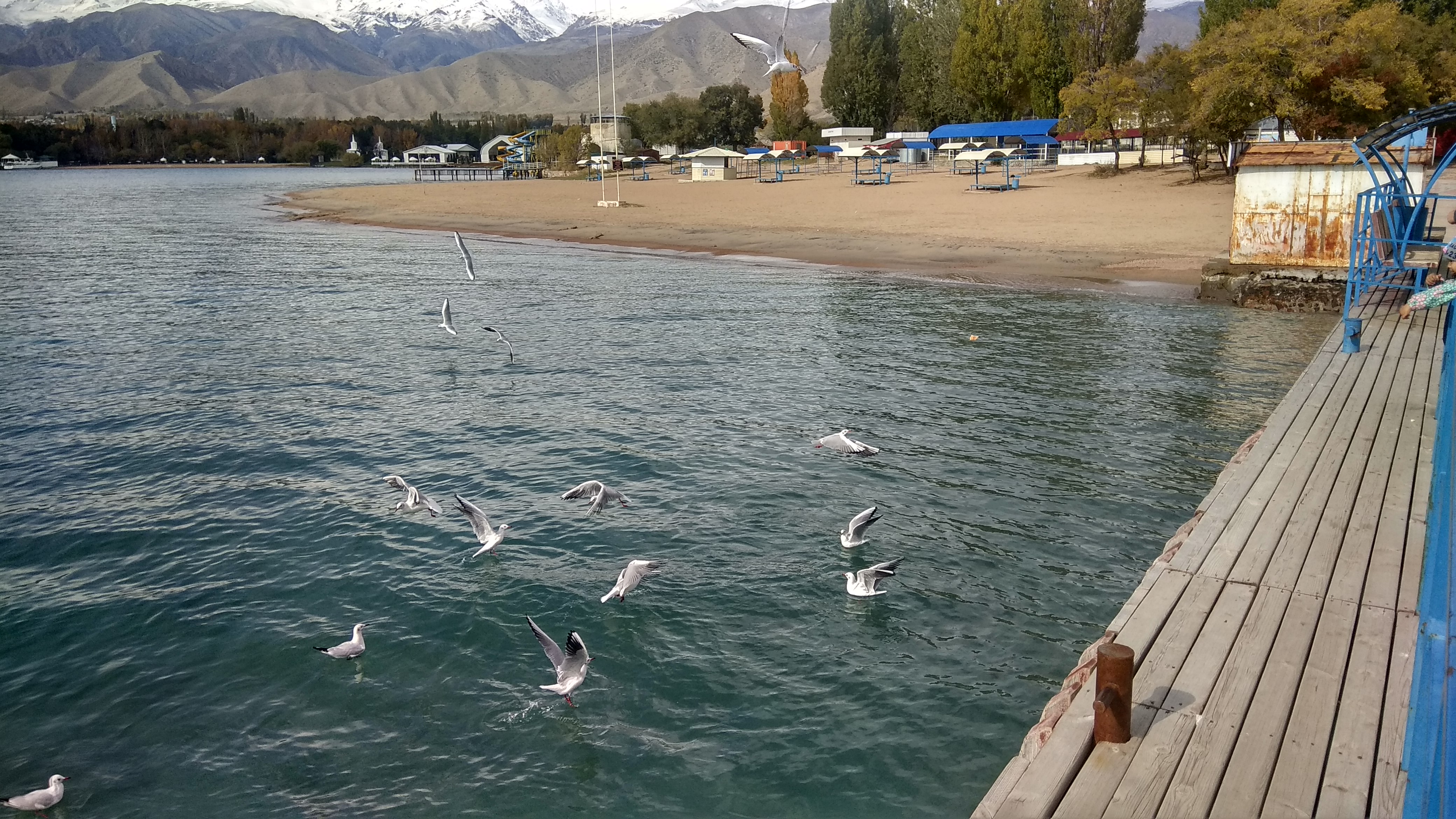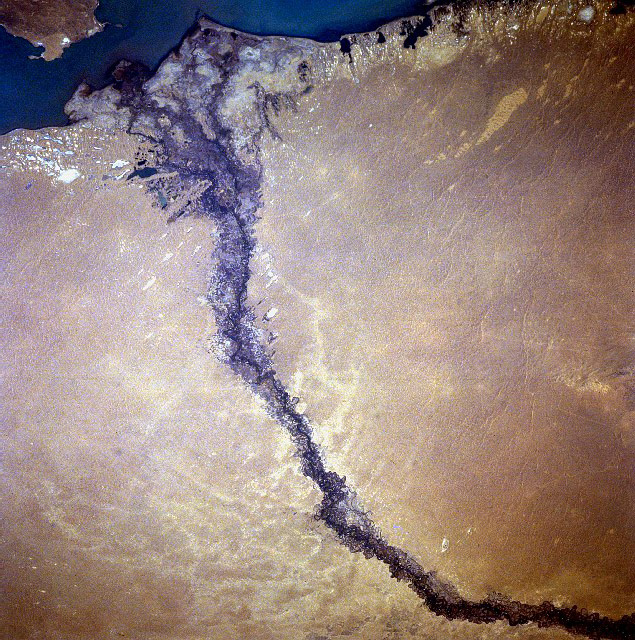|
Semirechye Oblast
The Semirechyenskaya Oblast (russian: Семиреченская область) was an oblast (province) of the Russian Empire. It corresponded approximately to most of present-day southeastern Kazakhstan and northeastern Kyrgyzstan. It was created out of the territories of the northern part of the Khanate of Kokand that had been part of the Kazakh Khanate. The name "Semirechye" ("Seven Rivers") itself is the direct Russian translation of the historical region of Jetysu. Its site of government was Verniy (now named Almaty). The Russian government seized the Semirechyenskaya region in 1854, and created the province the same year. It was administered as part of Governor-Generalship of the Steppes (before 1882 it was known as the Governor-Generalship of the Western Siberia) between 1854 and 1867 and again between 1882 and 1899, and part of Russian Turkistan between 1867 and 1882 and again between 1899 and 1917. Russian control of the region was recognized by the Treaty of Saint Peter ... [...More Info...] [...Related Items...] OR: [Wikipedia] [Google] [Baidu] |
Oblasts Of Russia
An oblast (russian: область) is a type of federal subjects of Russia, federal subject in Russia. Overview Oblasts are constituent polity, political entities in a Federated state, federal union with representation in the Federation Council (Russia), Federation Council, and serve as a first-level administrative division. Each oblast features a state government holding authority over a defined geographic territory, with a state legislature, the ''Oblast Duma'', that is democracy, democratically elected. The Governor (Russia), governor is the highest Executive (government), executive position of the state government in an Oblast, and is elected by people. Oblasts are divided into ''Raion#Russian Federation, raions'' (districts), City of federal subject significance, cities of oblast significance (district-equivalent independent city, independent cities), and autonomous okrugs, which are legally federal subjects equal to an oblast but are administratively subservient to one. T ... [...More Info...] [...Related Items...] OR: [Wikipedia] [Google] [Baidu] |
Kirghiz Autonomous Socialist Soviet Republic (1920–25)
The Kazakh Autonomous Socialist Soviet Republic (russian: Казахская Автономная Социалистическая Советская Республика; kk, Qazaq Aptonom Sotsijalistik Sovettik Respublikasь), abbreviated as Kazak ASSR (russian: Казакская АССР; kk, Qazaq ASSR) and simply Kazakhstan (russian: Казахстан; kk, Qazaƣьstan), was an autonomous republic of the Soviet Union within the Russian Soviet Federative Socialist Republic (RSFSR) existing from 1920 until 1936. History The Kazakh ASSR was originally created as the Kirghiz Autonomous Socialist Soviet Republic (russian: Киргизская Автономная Социалистическая Советская Республика; kk, Қырғыз Автономиялық Социалистік Кеңес Республикасы) (not to be confused with Kirghiz ASSR of 1926–1936, a Central Asian territory which is now the independent state of Kyrgyzstan) on 26 Augu ... [...More Info...] [...Related Items...] OR: [Wikipedia] [Google] [Baidu] |
Karakol
Karakol ( ky, Каракол, Karakol, قاراقول, ; zh, 卡拉科尔), formerly Przhevalsk (russian: Пржевальск), is the fourth-largest city in Kyrgyzstan, near the eastern tip of Lake Issyk-Kul, about from the Kyrgyzstan–China border and from the capital Bishkek. It is the administrative capital of Issyk-Kul Region. Its area is , and its resident population was 84,351 in 2021 (both including Pristan'-Przheval'sk). To the north, on highway A363, is Tüp, and to the southwest Jeti-Ögüz resort. History A Russian military outpost founded on 1 July 1869, Karakol grew in the 19th century after explorers came to map the peaks and valleys separating Kyrgyzstan from China. In the 1880s Karakol's population surged with an influx of Dungans, Chinese Muslims fleeing warfare in China. In 1888, the Russian explorer Nicholay Przhevalsky died in Karakol of typhoid, while preparing for an expedition to Tibet; the city was renamed Przhevalsk in his honor. After ... [...More Info...] [...Related Items...] OR: [Wikipedia] [Google] [Baidu] |
Bishkek
Bishkek ( ky, Бишкек), ), formerly Pishpek and Frunze, is the capital and largest city of Kyrgyzstan. Bishkek is also the administrative centre of the Chüy Region. The region surrounds the city, although the city itself is not part of the region but rather a region-level unit of Kyrgyzstan. Bishkek is situated near the Kazakhstan–Kyrgyzstan border. Its population was 1,074,075 in 2021. In 1825, the Khanate of Kokand established the fortress of Pishpek to control local caravan routes and to collect tribute from Kyrgyz tribes. On 4 September 1860, with the approval of the Kyrgyz, Russian forces led by Colonel Apollon Zimmermann destroyed the fortress. In the present day, the fortress ruins can be found just north of Jibek jolu street, near the new main mosque. In 1868, a Russian settlement was established on the site of the fortress under its original name, Pishpek. It lay within the General Governorship of Russian Turkestan and its Semirechye Oblast. In 1925, the ... [...More Info...] [...Related Items...] OR: [Wikipedia] [Google] [Baidu] |
Lepsi
Lepsi ( kz, Лепсі, ''Lepsı''), is a village in Sarkand District, Almaty Region, in south-eastern Kazakhstan, located at an altitude of 1,018 meters above sea level. It is 124 km (82 miles) away from the regional center Taldykorgan and 924 km (574 miles) from the capital city of Nur-Sultan. It is located to the south of Lake Balkhash, on the Lepsy River. It is a stop on the train between Almaty and Semey on the Turkestan–Siberia Railway The Turkestan–Siberian Railway (commonly abbreviated as the ''Turk–Sib'', kk, Түрксіб, translit=Türksib, , ; russian: Турксиб, translit=Turksib) is a Russian gauge, broad gauge railway that connects Central Asia with Siberia. .... The village is the seat of Lepsi Village Administration, which also includes the station villages Akbalik (Акбалик, pop. 90), Arganati (Арганати, pop. 40), Karatas (Каратас, pop. 94), Keregetas (Керегетас, pop. 14), Kokshalgin (Кокшалгин, po ... [...More Info...] [...Related Items...] OR: [Wikipedia] [Google] [Baidu] |
Qapal
Kapal ( kz, Қапал), formerly known as ''Kopal'' (russian: Копал), is a village in Aksu District in Almaty Region of south-eastern Kazakhstan. It is situated on the Kapal River. Until 1921, it was an uyezd center of the Semirechye Oblast. Tamshybulak Spring The Tamshybulak Spring is a large spring on the territory of the village, situated on fertile ground. The water does not freeze in winter and algae grow all year round. The water flows down from the mountains in small drops, so it is called in Kazakh "Tears of the Earth" or "Weeping Spring". The spring is renowned for the beauty and sacred power of its water, which is medicinal: each arm of the spring has its own properties. In one place, the water is believed to benefit eye diseases, in another, those of the stomach, and so on. Many pilgrims and tourists visit because of their belief in the healing properties of the water, which are yet to be confirmed by scientific studies. The first records concerning the medici ... [...More Info...] [...Related Items...] OR: [Wikipedia] [Google] [Baidu] |
Zharkent
Jarkent ( kz, Жаркент, ''Jarkent''), formerly known as ''Panfilov'' (russian: Панфилов, until 1991) and ''Dzharkent'' (russian: Джаркент, until 1942), is a city which serves as the administrative center of Panfilov District in the Almaty Region, Kazakhstan. It is located near the Usek river, not far from the Ili river. The city's population totaled 42,617 as of 2019. The town was founded in 1882 as J''arkent''. From 1942 until 1991 it was named ''Panfilov'' after Ivan Panfilov, the Russian World War II hero who died in battle in 1941. Jarkent is well known for its nineteenth-century great mosque A congregational mosque or Friday mosque (, ''masjid jāmi‘'', or simply: , ''jāmi‘''; ), or sometimes great mosque or grand mosque (, ''jāmi‘ kabir''; ), is a mosque for hosting the Friday noon prayers known as ''jumu'ah''.* * * * * * * ..., commissioned by a wealthy merchant and community leader named Vali Bay. It is notable for its unique mix of Chin ... [...More Info...] [...Related Items...] OR: [Wikipedia] [Google] [Baidu] |
Verst
A verst (russian: верста, ) is an obsolete Russian unit of length defined as 500 sazhen. This makes a verst equal to . Plurals and variants In the English language, ''verst'' is singular with the normal plural ''versts''. In Russian, the nominative singular is , but the form usually used with numbers is the genitive plural – 10 verst, 25 verst, etc. – whence the English form. A (russian: межевая верста, literally 'border verst') is twice as long as a verst. "The verst of the 17th century was 700 sazhens or 1.49 km as against the 500 sazhens or 1.067 km it became at the time of Peter the Great." Finnish ''virsta'' In Finland Finland ( fi, Suomi ; sv, Finland ), officially the Republic of Finland (; ), is a Nordic country in Northern Europe. It shares land borders with Sweden to the northwest, Norway to the north, and Russia to the east, with the Gulf of Bo ..., a was originally 1,068.84 m according to the Swedish standard, but the Rus ... [...More Info...] [...Related Items...] OR: [Wikipedia] [Google] [Baidu] |
Uyezd
An uezd (also spelled uyezd; rus, уе́зд, p=ʊˈjest), or povit in a Ukrainian context ( uk, повіт), or Kreis in Baltic-German context, was a type of administrative subdivision of the Grand Duchy of Moscow, the Russian Empire, and the early Russian SFSR, which was in use from the 13th century. For most of Russian history, uezds were a second-level administrative division. By sense, but not by etymology, ''uezd'' approximately corresponds to the English "county". General description Originally describing groups of several volosts, they formed around the most important cities. Uezds were ruled by the appointees ('' namestniki'') of a knyaz and, starting from the 17th century, by voyevodas. In 1708, an administrative reform was carried out by Peter the Great, dividing Russia into governorates. The subdivision into uyezds was abolished at that time but was reinstated in 1727, as a result of Catherine I's administrative reform. By the Soviet administrative reform of 192 ... [...More Info...] [...Related Items...] OR: [Wikipedia] [Google] [Baidu] |
Ala-Köl
Ala-Köl ( ky, Ала-Көл, also Алакөл, russian: Ала-Куль, Ala-Kul) is a rock-dammed lake in the Terskey Alatau mountain range in the Ak-Suu District of the Issyk-Kul Region in Kyrgyzstan. It lies at an altitude of . It is long and wide. Its area is . History A Russian traveller named Putimtsoff was the first to knowingly visit the lake in 1811. He gave a good description of it, mentioning rocks of different colours in the lake, and the furious winds blowing around the lake. Thirty years later Alexander von Schrenk Alexander Gustav von Schrenk (4 February 1816 – 25 June 1876) was a Russian naturalist born near Tula, Russia, Tula in what was then the Russian Empire. He was a brother to zoologist Leopold von Schrenck (1826–1894). From 1834 to 1837, he st ... explored the lake and its surroundings. Literally, the name Ala-Köl would mean 'variegated lake,' although it probably takes its name from the Ala-Таu mountains lying further north.Taylor, Issac (18 ... [...More Info...] [...Related Items...] OR: [Wikipedia] [Google] [Baidu] |
Issyk-Kul
Issyk-Kul (also Ysyk-Köl, ky, Ысык-Көл, lit=warm lake, translit=Ysyk-Köl, , zh, 伊塞克湖) is an endorheic lake (i.e., without outflow) in the Northern Tian Shan mountains in Eastern Kyrgyzstan. It is the seventh-deepest lake in the world, the tenth-largest lake in the world by volume (though not in surface area) and the second-largest saline lake after the Caspian Sea. Issyk-Kul means "warm lake" in the Kyrgyz language; although it is located at a lofty elevation of and subject to severe cold during winter, it never freezes. The lake is a Ramsar site of globally significant biodiversity and forms part of the Issyk-Kul Biosphere Reserve. Geography Issyk-Kul Lake is long, up to wide and its area is . It is the second-largest mountain lake in the world behind Lake Titicaca in South America. It is at an altitude of and reaches in depth. About 118 rivers and streams flow into the lake; the largest are the Jyrgalang and Tüp. It is fed by springs, inc ... [...More Info...] [...Related Items...] OR: [Wikipedia] [Google] [Baidu] |
Lake Balkhash
Lake Balkhash ( kk, Балқаш көлі, ''Balqaş kóli'', ; russian: озеро Балхаш, ozero Balkhash) is a lake in southeastern Kazakhstan, one of the largest lakes in Asia and the 15th largest in the world. It is located in the eastern part of Central Asia and sits in the Balkhash-Alakol Basin, an endorheic (closed) basin. The basin drains seven rivers, the primary of which is the Ili, bringing most of the riparian inflow; others, such as the Karatal, bring surface and subsurface flow. The Ili is fed by precipitation, largely vernal snowmelt, from the mountains of China's Xinjiang region. The lake currently covers about . However, like the Aral Sea, it is shrinking due to diversion and extraction of water from its feeders. The lake has a narrow, quite central, strait. The lake's western part is fresh water. The lake's eastern half is saline. The east is on average 1.7 times deeper than the west. The largest shore city is named Balkhash and has about 66,000 ... [...More Info...] [...Related Items...] OR: [Wikipedia] [Google] [Baidu] |
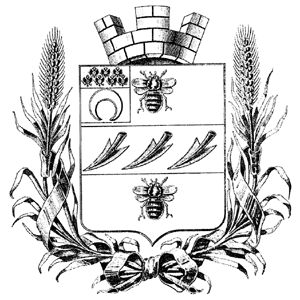
_with_numbered_oblasts.png)
